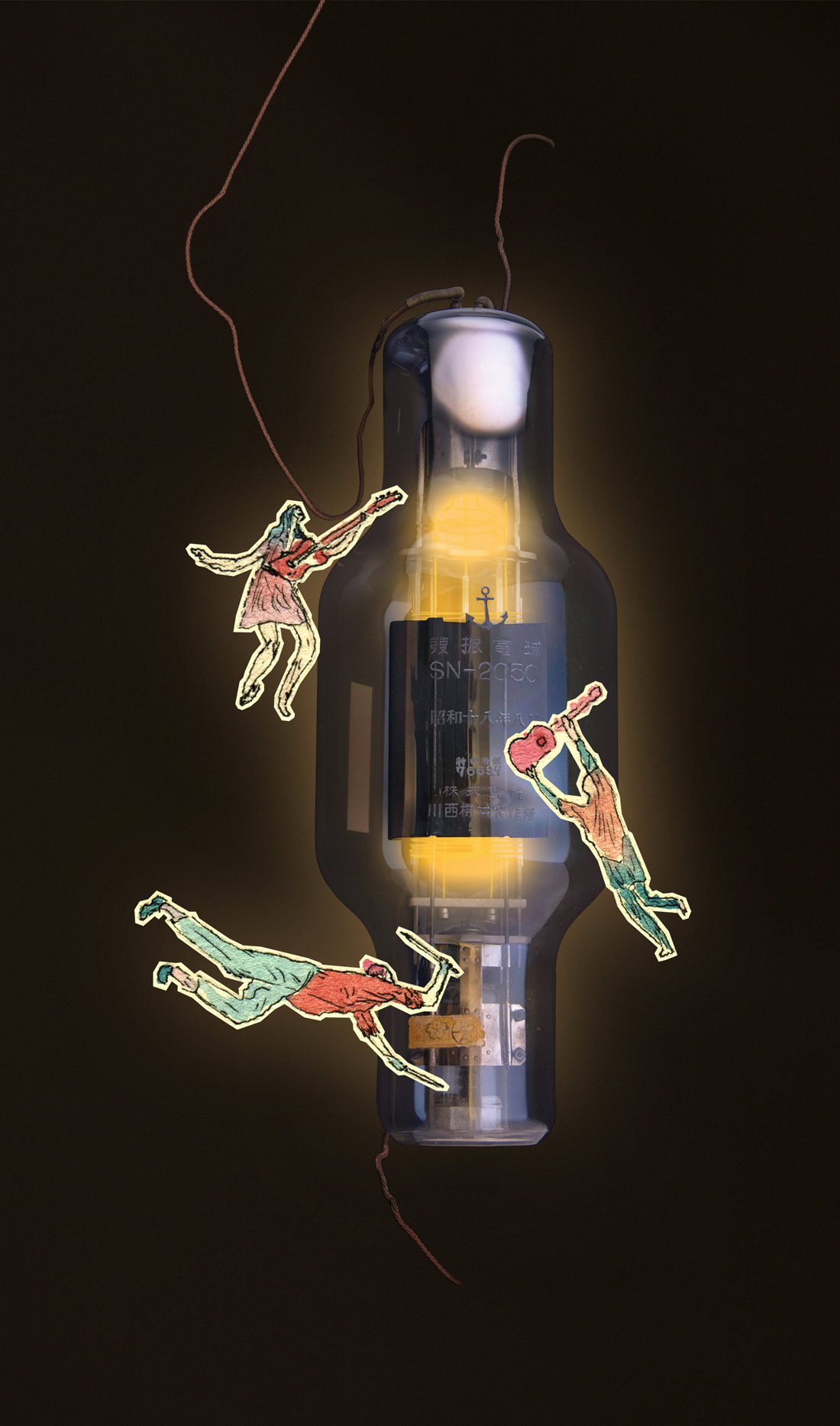I couldn't possibly count the number of times I've used an outboard preamp and thought, "I wish this had a two-band EQ." Perhaps the floor tom or the bass is a tad too muddy, or the bottom of the snare is a bit too crispy, or some boominess in the electric guitar is making its compressor behave oddly; all of these problems don't necessarily warrant using an EQ that I'd normally reserve for "high-priority" sounds, so they're often relegated to the back-burner, and bug me for the remainder of the session. For that matter, I also couldn't count the number of times that I've thought, "I wish this EQ had filters." There's always that tinge of guilt when you use an entire band of a boutique EQ to cut a single dB at 16 kHz, when its services could be better used elsewhere.
Enter the Chop Shop, a 500-series EQ that's most likely very different from other filter-type EQs that you've used. There are the basic high and low-cut knobs that you'd expect, but with a few musical tweaks. The high-cut extends down to 500 Hz and rolls off high frequencies at a gentle 6 dB/octave slope - which is great in that you're not slicing and dicing, but rather slowly darkening the top end. A 0.5× switch doubles the slope to 12 dB/octave and halves the selected frequency, dramatically increasing cutting power while retaining apparent brightness with a little added resonance at the corner frequency. Should you not want said resonance, you can pull a jumper from the rpinted circuit board, a nice touch by Louder than Liftoff. Similarly, the low-cut removes low end at 12 dB/octave, with the option of a printed circuit board-selectable Lo Rider mode. Enabling that flips your filter response and allows you to cut everything above 30-530 Hz. The Bump knob controls low-cut resonance at the corner frequency, varying from a Bessel curve, to a Butterworth, and finally to a slightly resonant mode as you sweep from left to right. It's an interaction that you'll need to try for yourself to understand the implications of such a design, but it really allows you to be creative in your sculpting should you so choose. It can also be used in combination with Lo Rider mode to really draw some tone out of a floppy bass drum or nasal bass guitar. And I can't forget about the More button, which boosts the aforementioned low- end resonance if, you know, you need some more, because why not? I found this to be handy for that floor tom that's never as beefy as it sounds in the room.
The final feature on the Chop Shop is Focus, a knob that... focuses the sonic energy of your source on the bass or treble ranges of the sound by simultaneously boosting bass and cutting treble when turned to the left, or boosting treble and cutting bass when turned to the right. It's essentially a quick and simple way to make things brighter or darker, while maintaining apparent loudness. This is important for A/B comparison, and it includes a "shift" button if you'd like to change the turnover frequency, should the original not be to your liking.
With the Chop Shop, the name of the game is sculpting, not just filtering. Louder than Liftoff has introduced something that might seem like a toy to the uninformed, but is really powerful once you start using it. Pick up a pair to augment your outboard preamps or EQs, and you'll be glad that you did.




_disp_horizontal_bw.jpg)